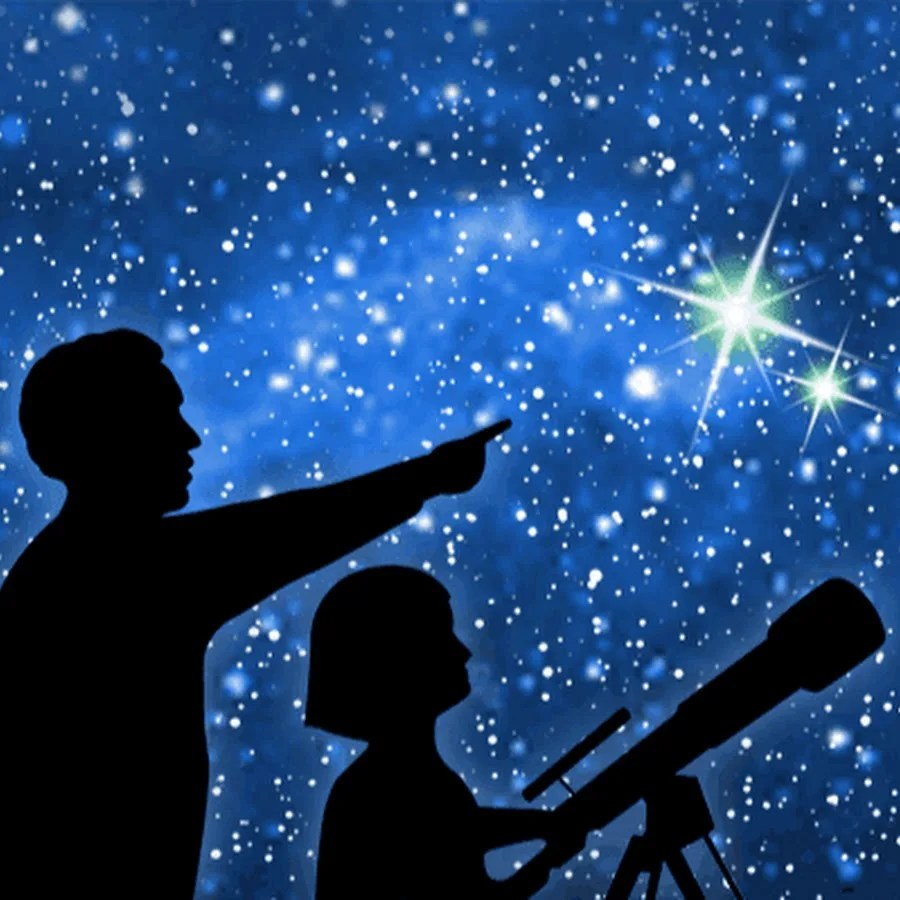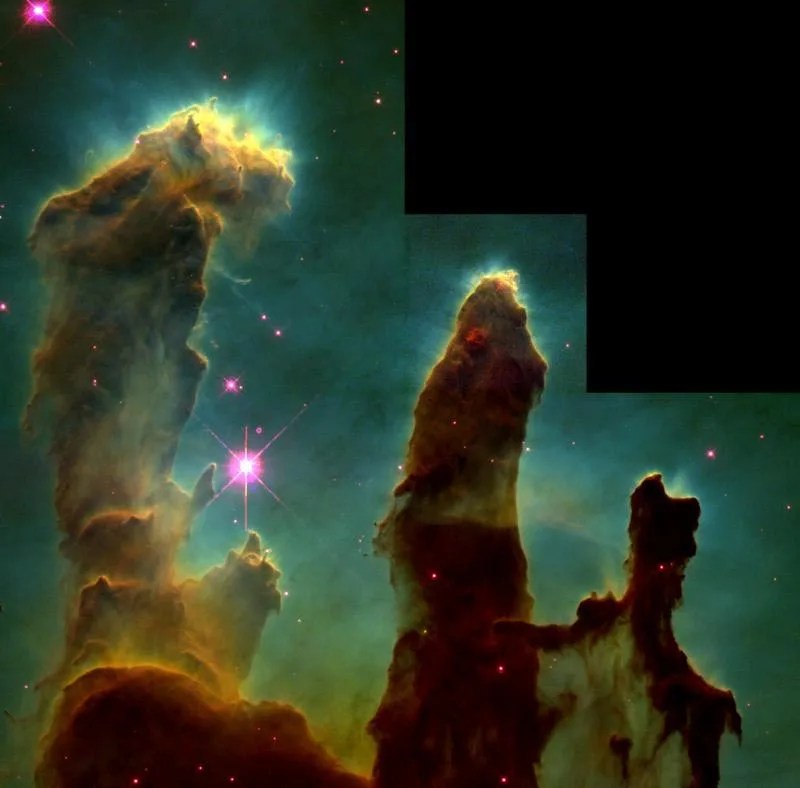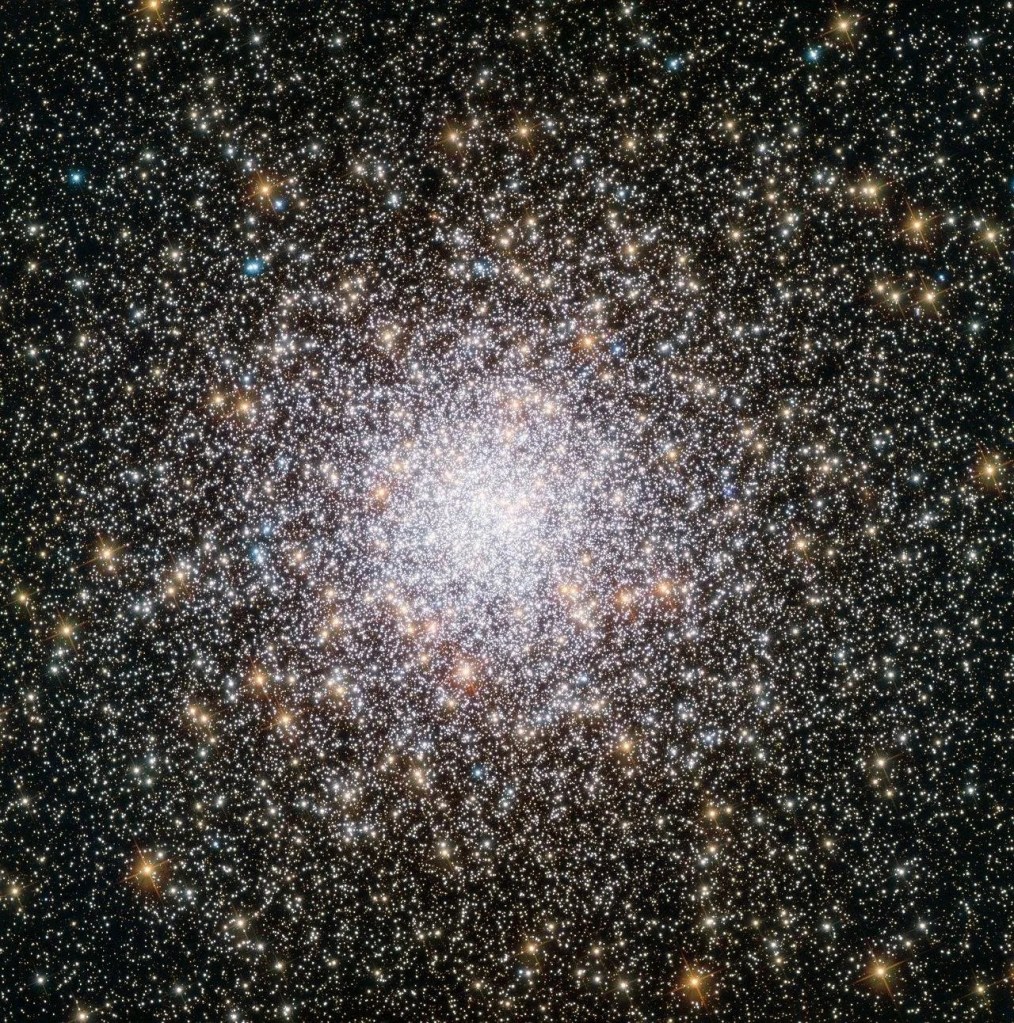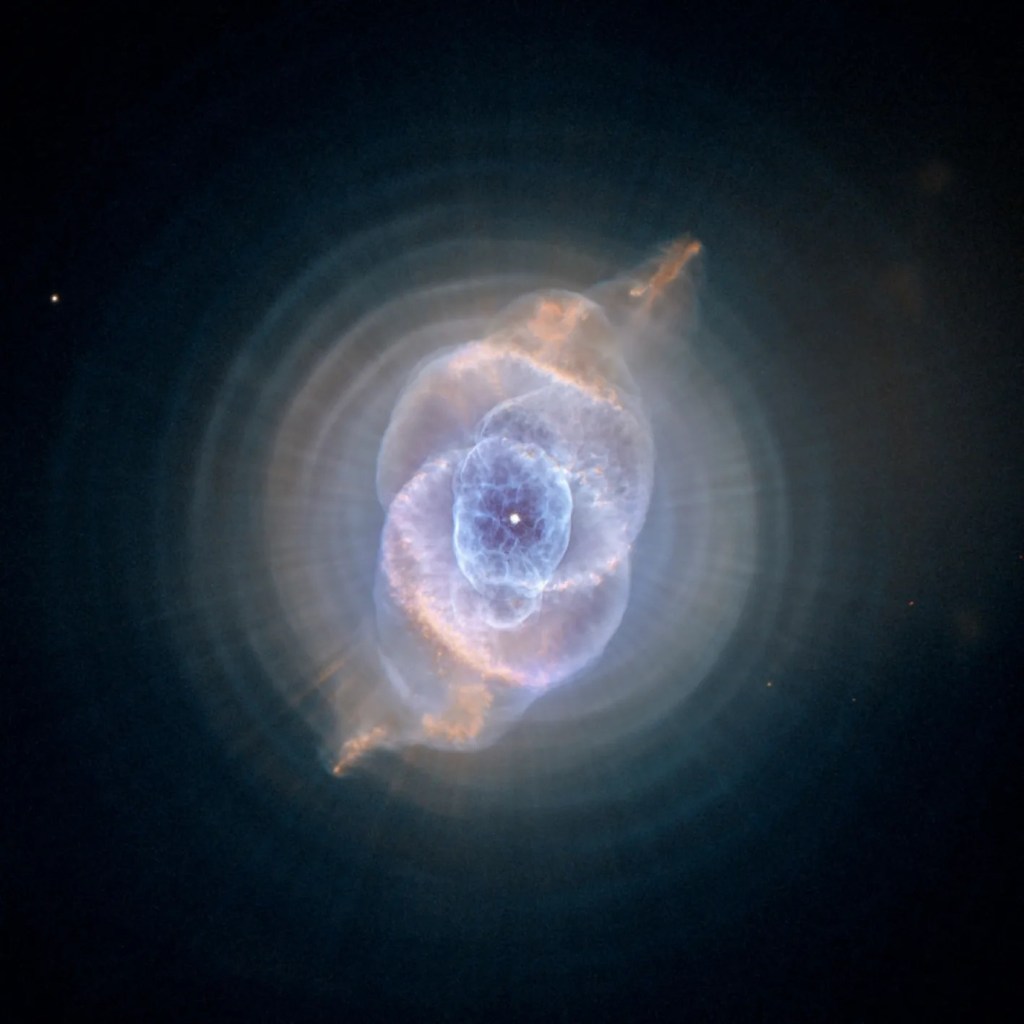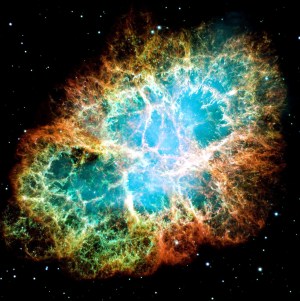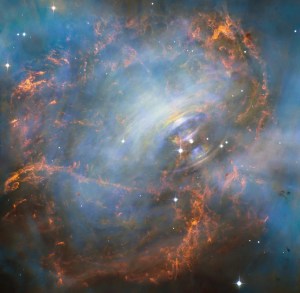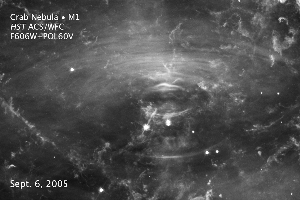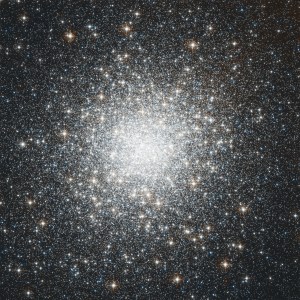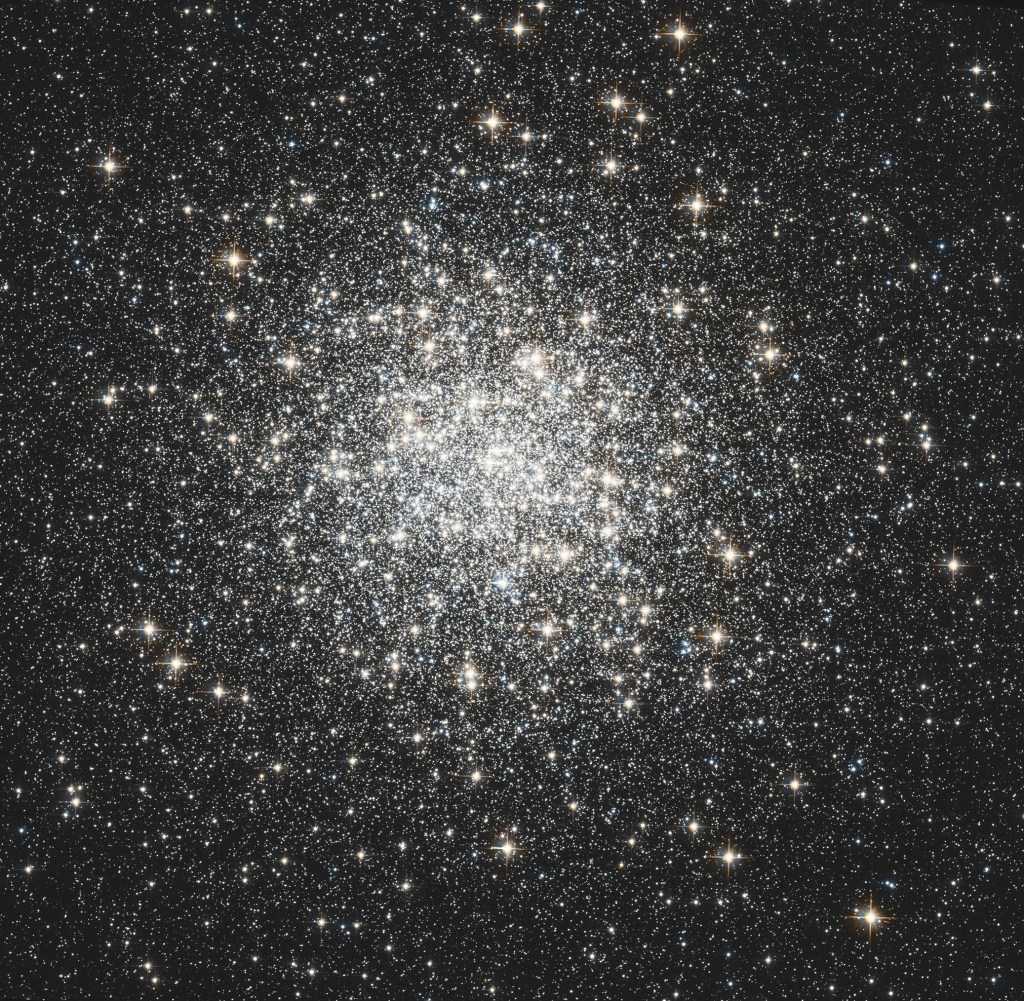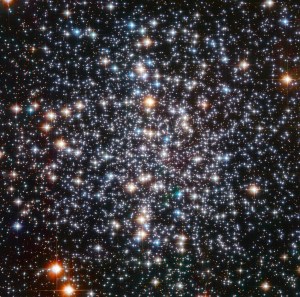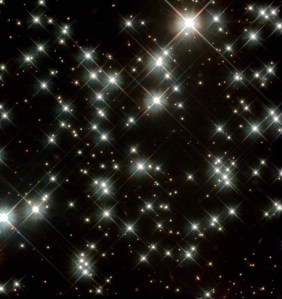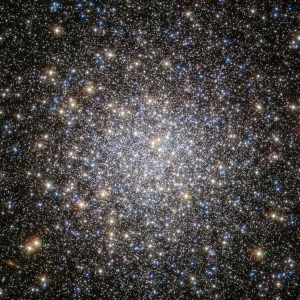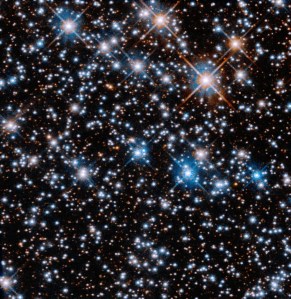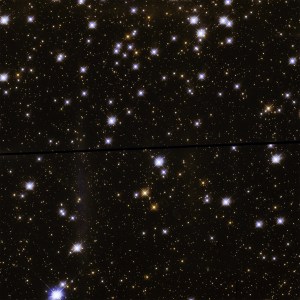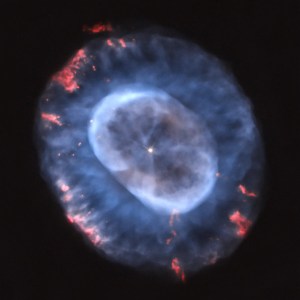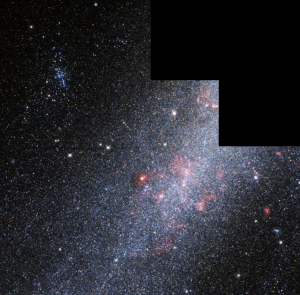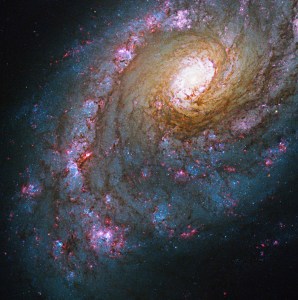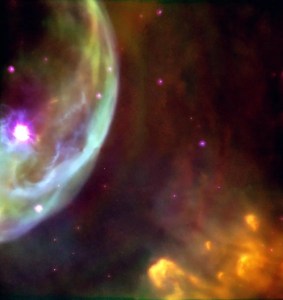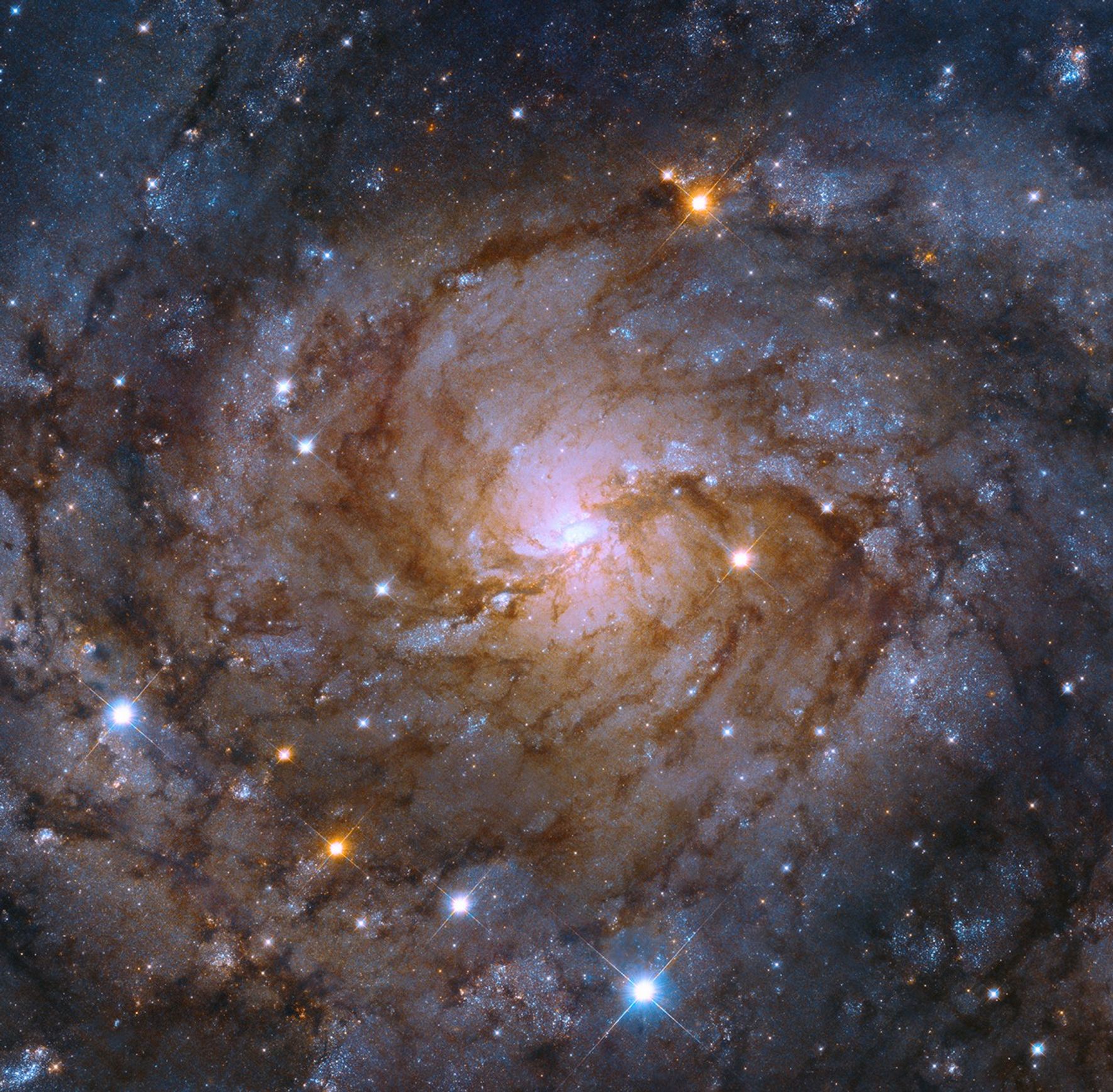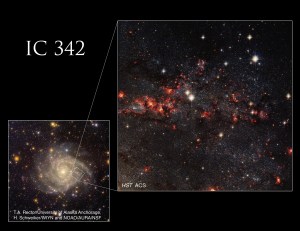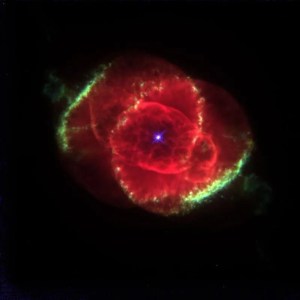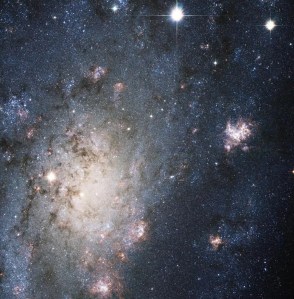Explore the Night Sky
Hubble is famous for its detailed images of distant wonders, but with the benefit of a dark, clear sky, anyone with a telescope, binoculars, or sometimes even the unaided eye can see some of the same objects Hubble has observed. These catalogs of backyard-friendly cosmic targets give information about each object and help you locate it in the night sky. Break out your telescope or binoculars and compare your observations with those of Hubble.
Quick Facts
Celebrating 35 Years of Discovery
Hubble's Night Sky Observing Challenge
Celebrate 35 years of Hubble observations with our yearlong stargazing adventure!
Each month in 2025, the Hubble team will release a new set of objects for you to explore. Compare your view to Hubble’s, then submit your observations to the Astronomical League to earn recognition for your achievement.
Join the celebration about Hubble's Night Sky Observing Challenge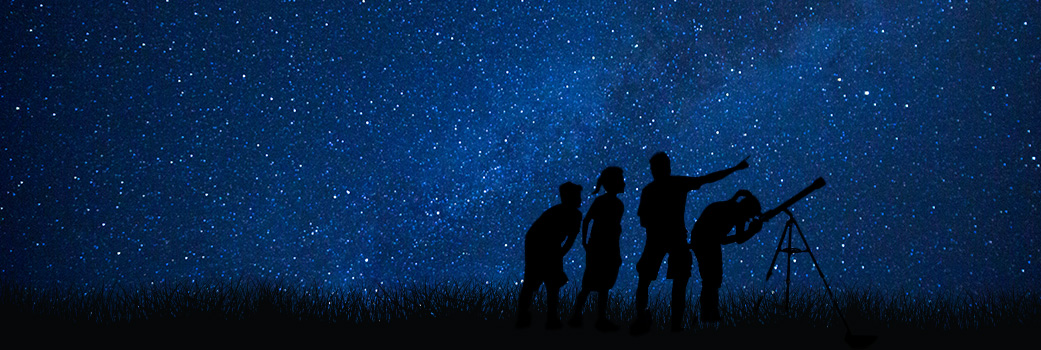
Hubble's Messier Catalog
The objects in Charles Messier’s catalog are nice targets for backyard astronomers with a pair of binoculars or a small telescope and a relatively dark sky.
The Messier catalog, begun by astronomer Charles Messier in the 18th Century and revised over the years, includes some of the most fascinating astronomical objects that can be observed from Earth’s Northern Hemisphere.
Explore the Messier Catalog about Hubble's Messier Catalog
Hubble’s Messier Catalog
Hubble's Caldwell Catalog
The Caldwell Catalog goes beyond the work of Charles Messier, offering backyard astronomers more cosmic wonders to explore.
In the 1980s, an Englishman named Sir Patrick Moore produced an additional list to highlight more cosmic wonders visible to amateur astronomers. Unlike the Messier catalog, which only features objects that were visible from Charles Messier’s viewing location in Europe, Moore’s Caldwell catalog includes celestial bodies that are found in both the northern and southern skies.
Explore the Caldwell Catalog about Hubble's Caldwell Catalog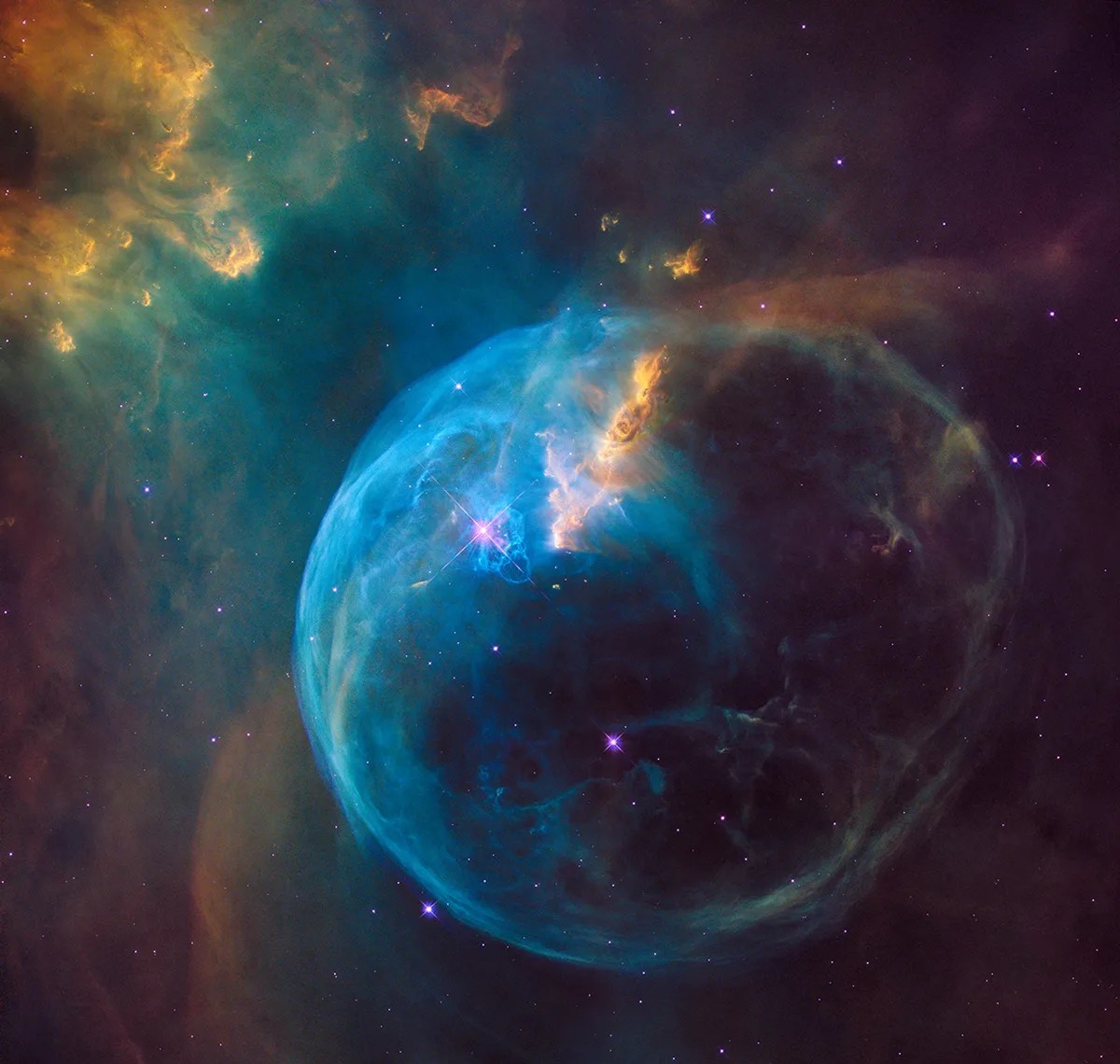
Hubble’s Caldwell Catalog
Observing the Night Sky
What's Up
Your monthly video guide to the night sky from NASA
Each month, NASA's skywatching video series shares highlights to help you prepare for your stargazing adventures and feel more connected to the real places NASA explores.
Learn More about What's Up